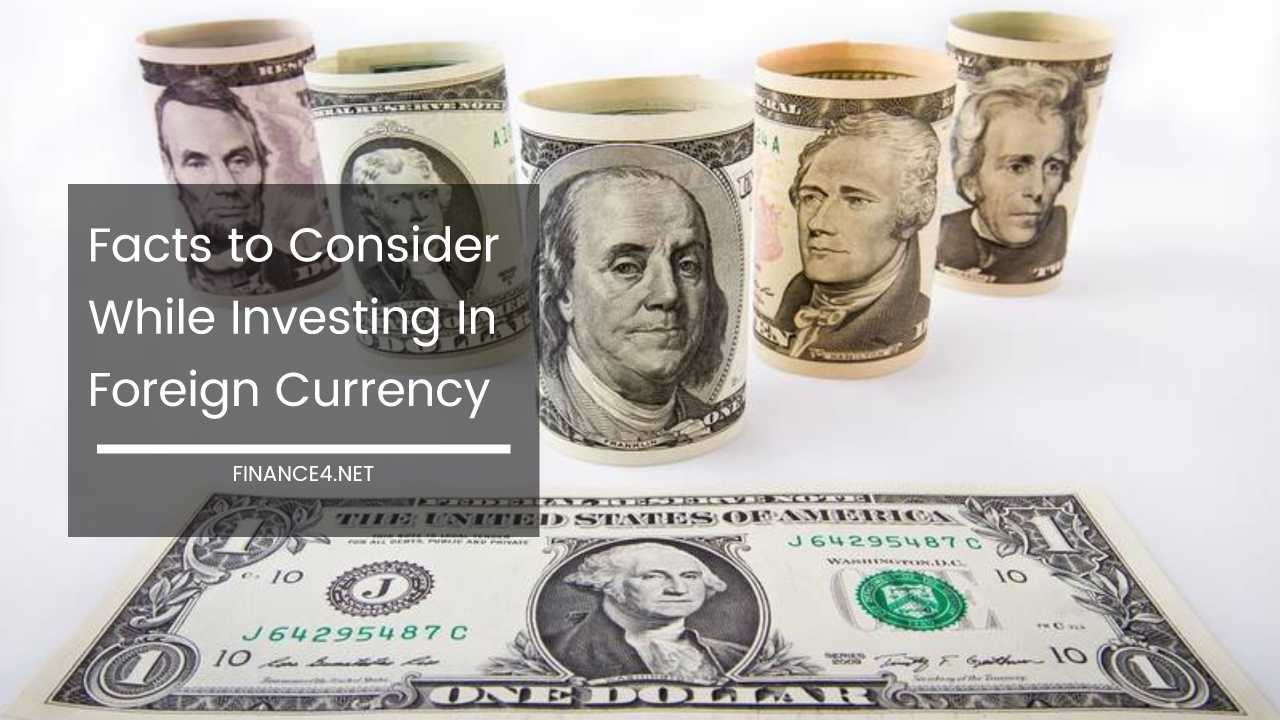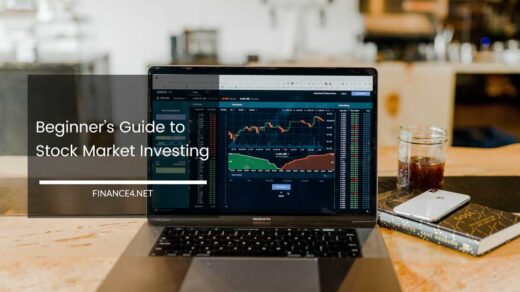Master the Market: A Guide to Foreign Currency Investment

Unveiling the Nuances: A Comprehensive Guide to Foreign Currency Investment
While the allure of instant wealth beckons through lotteries and casinos, a more realistic path to financial growth lies in the realm of investment.
Stock and share markets offer exciting possibilities, but they are inherently risky. The foreign currency market (Forex), however, presents a compelling alternative for those seeking to broaden their investment horizons and potentially capitalize on currency fluctuations.
However, before embarking on this venture, a thorough understanding of the key factors that influence success in this dynamic market is crucial.
Demystifying the Market Landscape:
- The Currency Dance: Unlike stock purchases, foreign currency involves trading in pairs. You buy one currency with the expectation that it will appreciate relative to the other currency in the pair (e.g., buying USD with the belief that it will strengthen against EUR). This creates a zero-sum game, where one currency’s gain is the other’s loss.
- A Market in Constant Motion: The Forex market boasts the highest daily trading volume of any financial market globally. This translates to constant fluctuations in currency values, driven by a complex interplay of economic data, political events, and investor sentiment. This volatility presents opportunities for profit, but also amplifies the potential for losses.
- The Price of Uncertainty: Unlike some investments with fixed returns, currency values are inherently unpredictable. Political instability in a region, unexpected economic data releases, or global events like natural disasters can all cause rapid shifts in currency valuations.
Building a Foundation for Success:
- Knowledge is Your Currency: Success in Forex hinges on a strong grasp of global economics and business trends. This necessitates in-depth research into individual countries’ economic health, political climate, and central bank policies. Understanding these factors allows you to anticipate potential currency movements and make informed investment decisions.
- Beyond the Hype: Don’t be misled by the misconception that foreign currency is a “get rich quick” scheme. Building a solid foundation in the market dynamics requires dedication, time, and a commitment to continuous learning. This journey begins with acquiring a thorough understanding of fundamental and technical analysis tools used by experienced currency traders.
- Partnering for Success: Individual investors cannot directly access the Forex market. A reputable broker serves as your gateway, executing your trades and providing access to trading platforms. Choose your broker carefully, prioritizing factors like a proven track record, competitive fees, a user-friendly platform, and robust customer support.
Crafting a Winning Strategy:
- Technical Analysis: Unveiling Hidden Patterns: Many traders rely on technical analysis, a method that involves studying historical price charts and applying technical indicators to identify potential future trends. These indicators can reveal support and resistance levels, momentum shifts, and potential breakout points that can inform entry and exit strategies.
- Fundamental Analysis: Delving Deeper: Other traders prioritize fundamental analysis, which involves researching economic data releases, interest rate adjustments, and political developments that have a direct impact on currency values. This approach focuses on understanding the underlying factors that drive currency movements over the long term.
- Charting Your Course: Develop a well-defined trading plan that outlines your risk tolerance, entry and exit points for trades, and stop-loss levels. A stop-loss order automatically exits a trade when the price reaches a predetermined level, minimizing potential losses. Sticking to your plan helps maintain discipline and prevent emotional trading decisions.
Navigating the Risks:
- Start Small, Scale Steadily: Don’t jump in headfirst with a significant investment. Begin with smaller amounts to gain experience, test your strategies, and build your confidence before committing larger sums. This allows you to refine your approach and minimize potential losses during the learning curve.
- Leverage: A Double-Edged Sword: Forex brokers often offer leverage, allowing you to control a larger position in the market with a smaller initial investment. While leverage can amplify profits, it can also magnify losses. Use leverage cautiously, if at all, and only after fully understanding the associated risks.
- Mastering Your Emotions: The fast-paced nature of Forex can be emotionally charged. Avoid impulsive decisions driven by fear or greed. Stay disciplined and adhere to your trading plan, exiting positions when your stop-loss triggers or your profit targets are met.
Beyond the Basics: Refining Your Expertise:
- Transaction Costs: Counting Every Penny: Be aware of the transaction costs associated with buying and selling currencies. These can include brokerage fees, the bid-ask spread (the difference between the price a broker is willing to buy and sell a currency), and overnight swap charges if you hold positions overnight. Minimizing these costs can significantly improve your overall profitability.
- Staying Informed: The News is Your Ally: Stay abreast of global news and events that can impact currency markets. Central bank decisions, economic data releases (such as GDP growth figures or inflation rates), and political developments can all trigger significant currency movements. Develop a routine for monitoring relevant news sources and incorporating this information into your trading decisions.
- Lifelong Learning: The Market Never Sleeps: The foreign currency market is a dynamic and ever-evolving landscape. Remain a dedicated student of the market, continuously seeking new knowledge and refining your trading skills. This might involve attending webinars, enrolling in online courses, or reading books and articles written by experienced Forex professionals.
Advanced Strategies for the Discerning Investor:
- Hedging: Protecting Your Assets: Hedging strategies involve using financial instruments like options contracts to mitigate potential losses. This can be particularly beneficial when you have a strong directional bias on a currency pair but are concerned about unexpected market movements.
- Carry Trade: Riding the Interest Rate Wave: The carry trade involves borrowing a low-interest-rate currency and investing it in a high-interest-rate currency. The profit potential lies in the difference between the interest rates earned on the investment and the interest paid on the borrowed currency. However, this strategy carries exchange rate risk if the value of the borrowed currency appreciates against the invested currency.
The Final Word: Embracing the Journey
Investing in foreign currency can be a rewarding experience, offering diversification, the potential for significant returns, and the thrill of navigating a dynamic market.
However, it’s not a path for the faint of heart. By understanding the market dynamics, managing risk effectively, developing a sound trading strategy, and continuously honing your knowledge, you can increase your chances of success in the world of Forex.
Remember, patience, discipline, and a commitment to lifelong learning are the hallmarks of a successful foreign currency investor.
As the wise investor Warren Buffett once said, “The most important thing to do if you’re in a hole is to stop digging.” By approaching the market with a measured approach and a willingness to learn from your mistakes, you can navigate the complexities of Forex and potentially reap the rewards.



